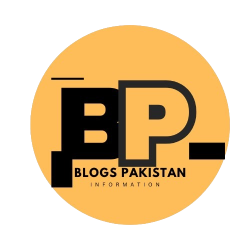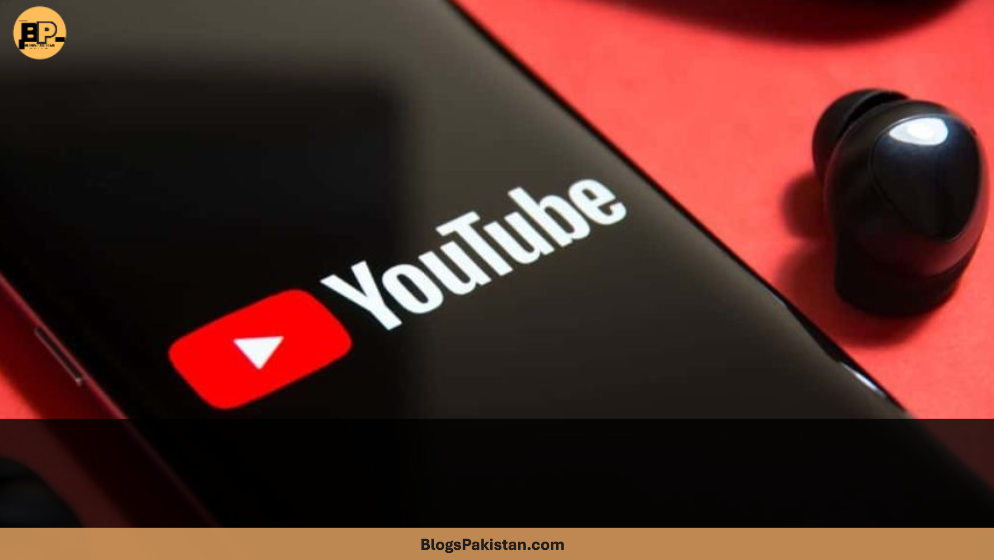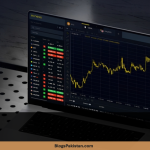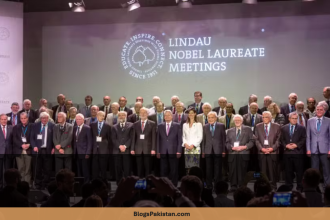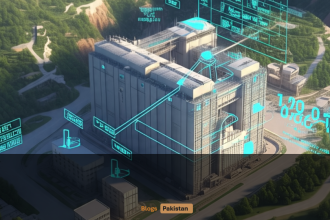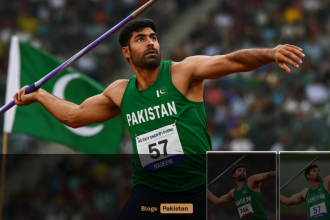If you woke up in Pakistan or India recently and found your favorite YouTube political commentator missing in action, you’re not alone. In a move that has everyone from chai-walas to Twitter warriors talking, a local Islamabad court ordered the blocking of 27 well-known YouTube channels. Yes, you read that right—twenty-seven! It’s like someone unplugged half the internet for political commentary lovers.
Let’s break down what happened, why it matters, and what it could mean for the future of digital content in South Asia.
The Backstory: A Courtroom, a List, and a Big Decision
It all started in Islamabad, where Judicial Magistrate Abbas Shah was handed a request from the Federal Investigation Agency (FIA). The FIA didn’t come empty-handed—they brought evidence of what they termed “anti-state content” allegedly being peddled on 27 high-profile YouTube channels. This wasn’t just a list of nobodies, either. We’re talking about some of the biggest names in Pakistani digital journalism:
- Matiullah Jan
- Asad Toor
- Siddique Jan
- Orya Maqbool Jan
- Arzoo Kazmi
- Habib Akram
- Imran Riaz
- Sabir Shakir
- Aftab Iqbal
- Moeed Pirzada
And many more.
The court found the FIA’s evidence “satisfactory” and promptly asked YouTube to block these channels. Cue the collective gasp from viewers and content creators alike.
What Sparked the YouTube Ban?
The FIA began investigating these channels on June 2, citing concerns that their content was a threat to “national interest.” The agency argued that the digital world is not exempt from the law, and if a YouTuber is stirring up trouble, they should be held accountable—just like any mainstream journalist.
But what exactly is “anti-state content”? Well, that’s where things get fuzzy. The specifics are rarely disclosed, but in most cases, it refers to criticism of government policies, high-profile officials, or national institutions—stuff that gets a lot of clicks and even more comments.
Meet the Blocked: Who Lost Their Channels?
Here’s the full official list of the blocked channels, in case you want to check if your favorite was caught in the crossfire:
- Haider Mehdi
- Siddique Jaan
- Sabee Kazmi
- Orya Maqbool Jan
- Arzoo Kazmi
- Rana Uzair Speaks
- Sajid Gondal
- Habib Akram
- Matiullah Jan MJtv
- Asad Toor Uncensored
- Imran Raza Khan
- Naya Pakistan
- Sabir Shakir
- Imran Khan
- Aftab Iqbal
- Real entertainment tv
- Pakistan Tehreek-e-Insaf
- Daily Qudrat
- Abdul Qadir
- Charsadda Journalist
- Naila Pakistani Reaction
- Wajahat Saeed Khan YouTube
- Ahmad Noorani YouTube
- Nazar Chohan YouTube
- Moeed Pirzada YouTube
- Makhdoom Shahabud Din YouTube
- Shayan Ali YouTube
If you’re keeping score at home, that’s a virtual “who’s who” of Pakistani digital commentary.
Why Should People in Pakistan and India Care?
Digital Media Is Changing the News Game
In both Pakistan and India, YouTube has become more than just a place for music videos and cat memes. It’s a battleground for news, opinions, and—let’s be honest—a bit of spicy debate that you can’t find on state-run TV. For many, especially the youth, YouTube is the new town square.
The Slippery Slope of Censorship
If you think this is just a Pakistan problem, think again. India has its own history of blocking digital content and cracking down on “anti-national” voices. These bans raise a fundamental question: Should governments have the power to decide what you can and cannot watch online?
How Does YouTube Blocking Work in Practice?
When a court orders a ban, they don’t physically storm YouTube’s Silicon Valley headquarters with a list of names. Instead, they issue legal instructions to internet service providers (ISPs) and, in some cases, directly to YouTube’s regional offices. The platforms then geo-restrict the content—meaning you might see the “This content is not available in your country” message more often than you’d like.
Of course, some tech-savvy users will try to dodge the system with VPNs, but that’s a game of digital cat-and-mouse with no clear winner.
The Legal Angle: What Does the Law Say?
In Pakistan, digital content falls under the Prevention of Electronic Crimes Act (PECA), which gives authorities broad powers to regulate online material. Anything seen as a threat to national security, or even just a little too critical, can be flagged for removal—and, as we’ve seen, blocked entirely.
Courts are increasingly being asked to judge whether online content crosses the line. Sometimes the line is clear, but more often, it’s as wobbly as a rickshaw on a bumpy road.
The Reaction: Outrage, Support, and Plenty of Memes
Predictably, the court order sparked outrage among free speech advocates. Journalists, opposition leaders, and viewers took to social media to protest the decision. Some accused the government of silencing dissent, while others argued that there should be limits to what you can say online.
The debate even spilled over into India, where some saw it as a cautionary tale for their own digital freedoms.
Why This Matters for the Future of Digital Content
The Rise of Citizen Journalism
When mainstream media is seen as biased or compromised, digital content creators fill the gap. Channels like those blocked were not just delivering news—they were providing alternative perspectives that many viewers found more relatable and trustworthy.
The Battle for Digital RightsThe big question is: Where does regulation end and censorship begin? With the rise of digital platforms, countries like Pakistan and India are still figuring out how to balance national security with freedom of speech. It’s a debate that’s not going away anytime soon.
What’s Next? The Uncertain Road Ahead
Will the blocked channels make a comeback? Maybe, if they can prove their innocence in court or find ways to comply with new regulations. But the bigger issue is the message this sends to other content creators: Watch what you say, or risk disappearing overnight.
For viewers, this means fewer voices, less debate, and a digital space that feels a little less free.
